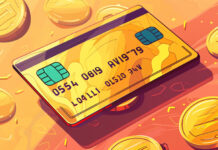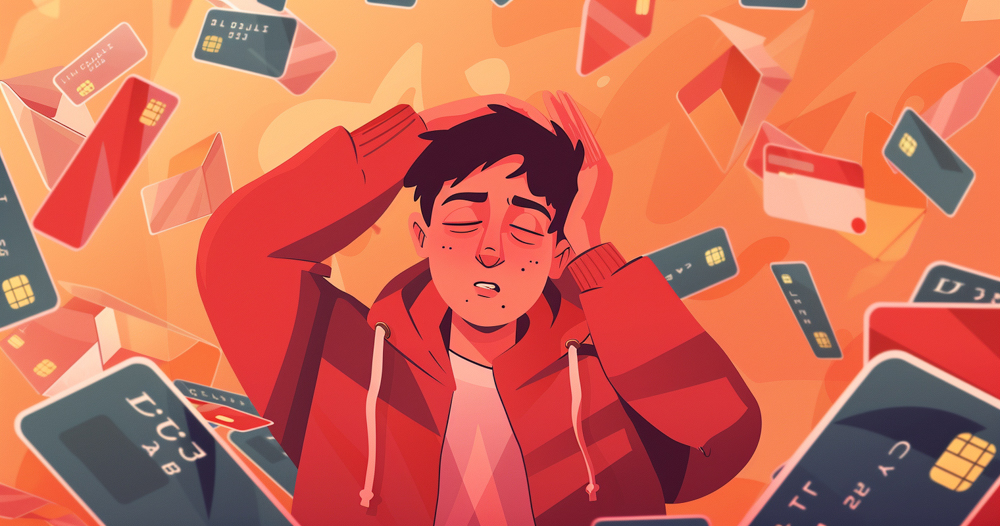In today’s financial landscape, many individuals find themselves burdened with credit card debt. The pressure of high-interest rates and mounting payments can be overwhelming, leading some to seek relief through debt forgiveness programs. Understanding how credit card debt forgiveness works and its implications is crucial for anyone struggling with debt. Let’s delve into the intricacies of credit card debt forgiveness.
What is Credit Card Debt Forgiveness?
Credit card debt forgiveness, also known as debt settlement or debt relief, is a process where a creditor agrees to accept less than the full amount owed to them to settle a debt. This typically occurs when a debtor is unable to repay the full amount due to financial hardship.
Debt forgiveness can take various forms, including negotiating with creditors directly, enrolling in a debt settlement program, or filing for bankruptcy. Each method has its own set of advantages and considerations, depending on the individual’s financial situation.
How Does Credit Card Debt Forgiveness Work?
The process of credit card debt forgiveness typically involves the following steps:
- Evaluation of Financial Situation: Before pursuing debt forgiveness, individuals should assess their financial situation and determine if they qualify for relief programs.
- Negotiation with Creditors: Debtors may negotiate directly with creditors or hire a debt settlement company to negotiate on their behalf. Negotiations aim to reach a settlement amount that both parties agree upon.
- Payment of Settled Amount: Once a settlement is reached, debtors must pay the agreed-upon amount to the creditor. This payment is typically lower than the original debt but is considered full satisfaction of the obligation.
- Resolution of Debt: Upon receiving the settlement payment, the creditor may forgive the remaining debt or close the account, marking it as “settled” on the debtor’s credit report.
Implications of Credit Card Debt Forgiveness
While credit card debt forgiveness can provide relief to individuals struggling with debt, it’s essential to understand its potential implications:
- Impact on Credit Score: Debt settlement can have a negative impact on credit scores, as settled accounts are typically reported as such to credit bureaus. This can make it challenging to obtain credit in the future.
- Tax Considerations: In some cases, forgiven debt may be considered taxable income by the IRS, leading to potential tax liabilities for the debtor.
- Legal Ramifications: Debt forgiveness does not release debtors from legal obligations, and creditors may pursue legal action if debts remain unpaid.
Alternatives to Credit Card Debt Forgiveness
Before pursuing debt forgiveness, individuals should explore alternative options for managing their debt:
- Debt Management Plans: Credit counseling agencies offer debt management plans that allow individuals to consolidate and repay their debts over time with lower interest rates.
- Debt Consolidation Loans: Consolidating multiple debts into a single loan with a lower interest rate can make payments more manageable.
- Increased Income and Budgeting: Finding ways to increase income or reduce expenses through budgeting can help individuals repay their debts without resorting to forgiveness programs.
Conclusion
Credit card debt forgiveness can offer relief to individuals overwhelmed by debt, but it’s important to approach the process with caution and awareness of its implications. Before pursuing debt forgiveness, individuals should explore alternative options and seek guidance from financial professionals to make informed decisions about managing their debt.
By understanding how credit card debt forgiveness works and considering its pros and cons, individuals can take control of their financial futures and work towards achieving debt-free lives.





















